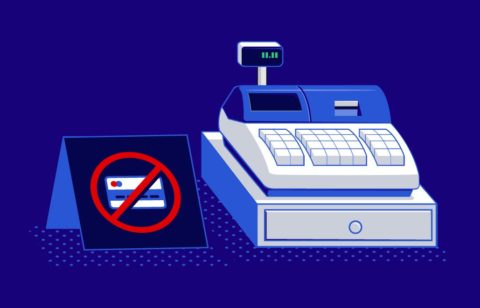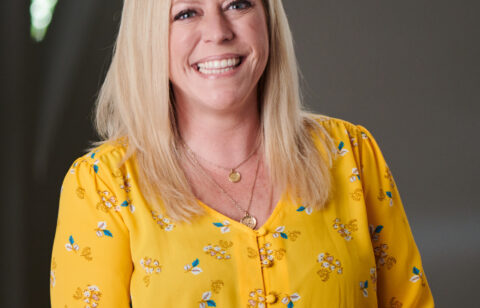If you want to take charge of your credit to reach your financial goals, it’s important that you know how to get and maintain healthy credit. The simple truth is that the healthier credit you have the better are your chances of getting financing in today’s very tight credit market. If you understand the “4 Cs” that most lenders use when they evaluate your credit applications, the further ahead you’ll be in getting the financing you need.
Credit history
The first thing any lender will do is check your credit report through one or all of the three credit reporting bureaus – Trans Union, Experian and Equifax. If you’re not familiar with a credit report it’s a summary of all your credit accounts such as credit cards, mortgages, home equity loans, auto loans and so forth. Second, the lender will check your credit score, which ranges between 300 and 850. This is important because it provides the lender with some indication as to how much risk would be associated in loaning you money. As a general rule, the higher your credit score the lower the risk, and the easier it will probably be for you to get additional credit.
Capacity
The second C of the four is capacity. This is how well you have managed your credit card payments, loans and lines of credit. Also, lenders will look at your past income and employment history as indicators of your ability to repay any outstanding debt. It will consider your income, stability and income type.
Income amount is whether or not you earn enough to cover the limit on the new credit card, loan or line of credit. The lender will also look to see if your income shows a pattern of decreasing. Stability is how long you have been employed and how consistent your income has been. Income type is whether your earnings consist of wages, wages and commissions or some other form of income. The lender will also take into consideration how frequently you’re paid and whether or not your income is seasonal.
Collateral
The third factor, or the third C, that lenders look at in evaluating you as a credit risk is collateral. If you are applying for a credit card, loan or line of credit that will be “secured,” do you have an asset you can pledge as collateral? In the case of a secured credit card, this would be the amount of money that you could deposit into a savings account as collateral. If you are interested in a home equity product, the lender will evaluate the fair market value of your home, the total amount you owe and then subtract this from your house’s current value. What’s left is your equity. Your lender will then use a percentage of your equity to calculate what is called a combined loan-to-value (CLTV) and then lend you a portion of it.
Conditions
The final C in the “4 Cs” is conditions. Your lender will need to know how you intend to use the money you are borrowing. Will you use the money to purchase a car, for home improvements or educational expenses or maybe debt consolidation? Additionally, lenders sometimes look at environmental and economic conditions.
Debt trumps almost everything
You could have capacity and collateral but still get turned down for new credit because of your debt. Lenders weren’t born yesterday. If you have a large amount of debt this will have a very negative effect on your credit history. You will need to deal with your debt before you can hope to get much in the way of new credit. And this is where we can help. Our debt counselors can contact your lenders and settle your debts probably for thousands less than you owe. We can also provide you with an affordable payment plan that will help you get out of debt in 24 to 48 months. Call us today so that we can help you get your debt under control.





